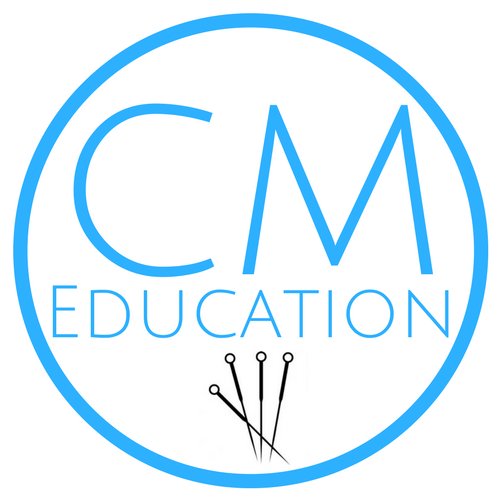You must complete this course before doing the Advanced course
Practitioners of motor point acupuncture recognise that most pain is just a symptom of dysfunctional movement patterns, or postural issues.
By finding the dysfunction and treating muscle inhibition we can restore mobility, joint range of motion, and blood circulation which will decrease pain and inflammation in a very few sessions.
What you will learn
Foundations
- Pioneers of Motor Point Acupuncture
- Research
- Sports Medicine – Crash Course
- Important Vocabulary
- Muscle Physiology
- Stages of Healing and Treatment Strategies (Acute, Subacute, Chronic)
- 5 types of Muscle Inhibition
- Role of Proprioception in Rehabilitation
- Janda’s Three Areas of Proprioception
- Janda’s Tonic and Phasic Muscle Systems
- Janda’s Upper Crossed and Lower Crossed Syndromes plus Treatment Strategies
- Treatment Strategies
- Why Motor Point Acupuncture?
- Benefits of Motor Point Acupuncture
- Motor Points vs Trigger Points
- Motor Point Treatment Techniques
- Trigger Point Treatment Techniques
- Motor Point Needle Techniques
- Trigger Point Needle Techniques
- Non-dominant Hand Techniques
- Using Point Plus or Pointer Excel
We will review pain referral patterns, assessment and treatment of the following muscles
Shoulder, Back and Hips
Muscle action, pain pattern, symptoms, motor point location, non-dominant hand placement, needle technique and precautions for the following muscles:
- Anterior Deltoid
- Anterior Deltoid
- Coracobrachialis
- Medial Deltoid
- Posterior Deltoid
- Infraspinatus
- Teres minor
- Supraspinatus
- Serratus Anterior
- Quadratus Lumborum
- Psoas
- Tensor Fasciae Latae
- Gluteus Medius
- Gluteus Maximus
- Gluteus Minimus
- Transverse Abdominals
- Internal Oblique
Neck, Elbow and Wrist
- Levator scapulae
- Semispinalis capitis
- Splenius capitis
- Medial Scalenes
- SCM
- Brachioradialis
- Wrist extensors: ECRL ECRB
- Extensor Digitorum Communis
- Supinator
- Anconeus
- Pronator teres
- Palmaris Longus
- Flexor Carpi Ulnaris
- Flexor Digitorum Profundus
Details
- 9 CPD points
- Clinical strategies for using motor point acupuncture
- 8 hours, 40 minutes of video footage
- 5 year access
